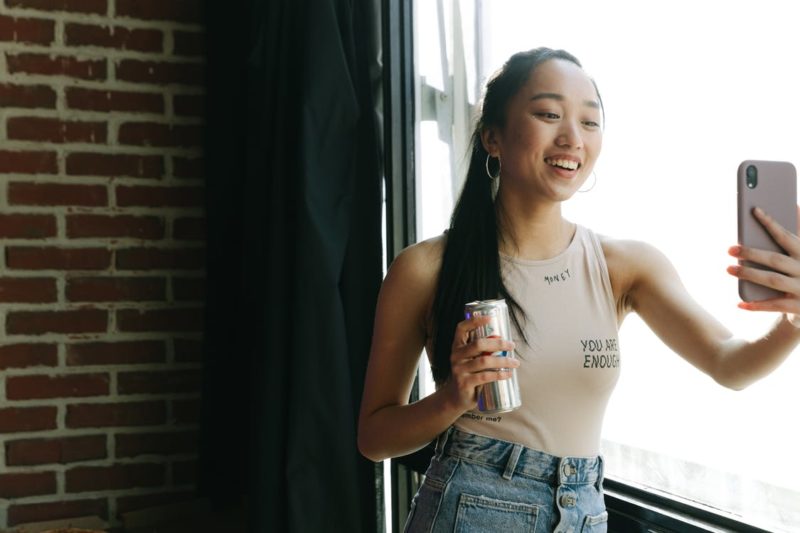Armies of nanoinfluencers and microinfluencers offer marketers the most cost-effective way to deliver authentic, personalized and relevant content at scale. In a way, influencers are the new media buy.
How so? Changes in digital advertising will challenge marketers’ ability to personalize content in a cost-effective and scalable way through traditional means. Apple’s app tracking transparency (ATT) will “deliver a major blow to targeted advertising,” which Facebook already disclosed will result in $10 billion in lost advertising revenue.
Not only will Google soon also prevent cross-app tracking for advertisers, but they plan to phase out third-party web tracking cookies, which AdWeek predicts will result in billions more in lost revenue, layoffs, and industry confusion.
These changes come ahead of new data privacy laws in California and Virginia that will give consumers the right to ask businesses not to allow their personal information to be shared with third parties for targeted advertisements.
Meanwhile, Millennials and Gen Zers increasingly tune out other means of traditional and digital advertising, such as decreased viewing of TV, increased use of ad blockers, and skipping of digital ads.
Put that together, and marketers and advertisers must seek new ways to reach consumers with targeted, personalized, relevant content. Enter influencers – and particularly, nanoinfluencers and microinfluencers.

Armies of nanoinfluencers (follower count between 1,000 and 5,000) and microinfluencers (follower count between 5,000 and 100,000) offer benefits over traditional digital advertising:
- Most consumers find nanoinfluencers and microinfluencers most authentic. Nanoinfluencers and microinfluencers reach audiences hyper-focused on a particular niche, passion point, or demographic/psychographic.
- Nanoinfluencers and microinfluencers also typically create deeper, more longer-lasting relationships with their followers, as evidenced from many case studies that show increased engagement rates and more positive sentiment compared to influencers with larger followings.
- Nanoinfluencers and microinfluencers are usually the most affordable influencer partners. This empowers brands to scale by partnering with dozens, or hundreds, of nanoinfluencers and microinfluencers – an important tool for impact when most consumers require five to seven engagements before purchase.
Add it all up, and marketers should see why nanoinfluencers and microinfluencers resemble an advertising technology, like a modern form of TV ads or media buys: when brands partner with nanoinfluencers and microinfluencers, they purchase space on “local” channels that their target audience finds relevant, to listen to messages from voices they trust.
Almost two thirds of consumers trust what influencers say about brands more than what brands say about themselves in their advertising, and almost 60% bought a new product based on an influencer recommendation.
We’ve managed brand campaigns where armies of nanoinfluencers and microinfluencers can be attributed to driving purchase, and all the actions leading to purchase: app downloads, web visits, and more.
Interested in learning more about brand campaigns with nanoinfluencers and microinfluencers? Get in touch today.

